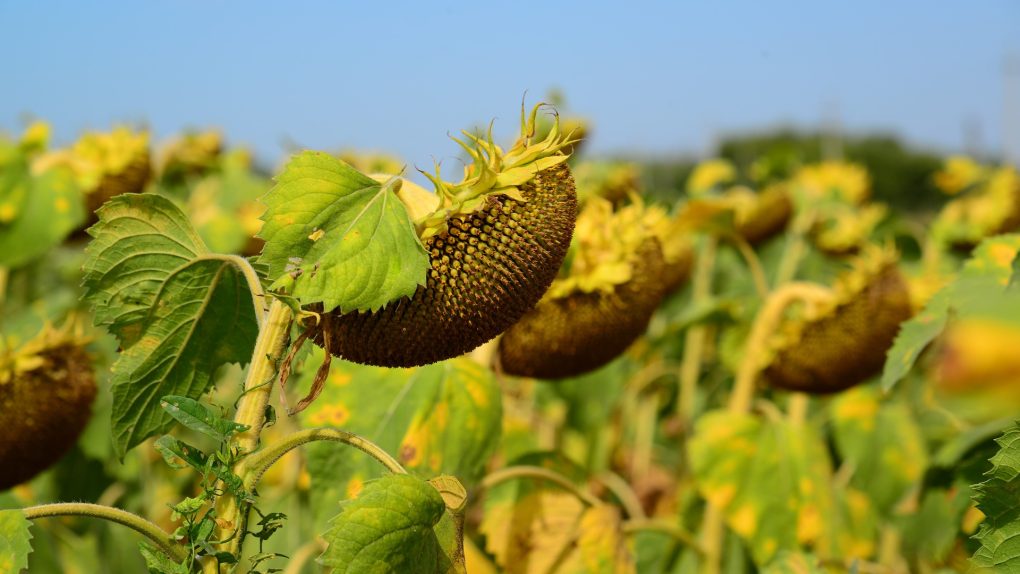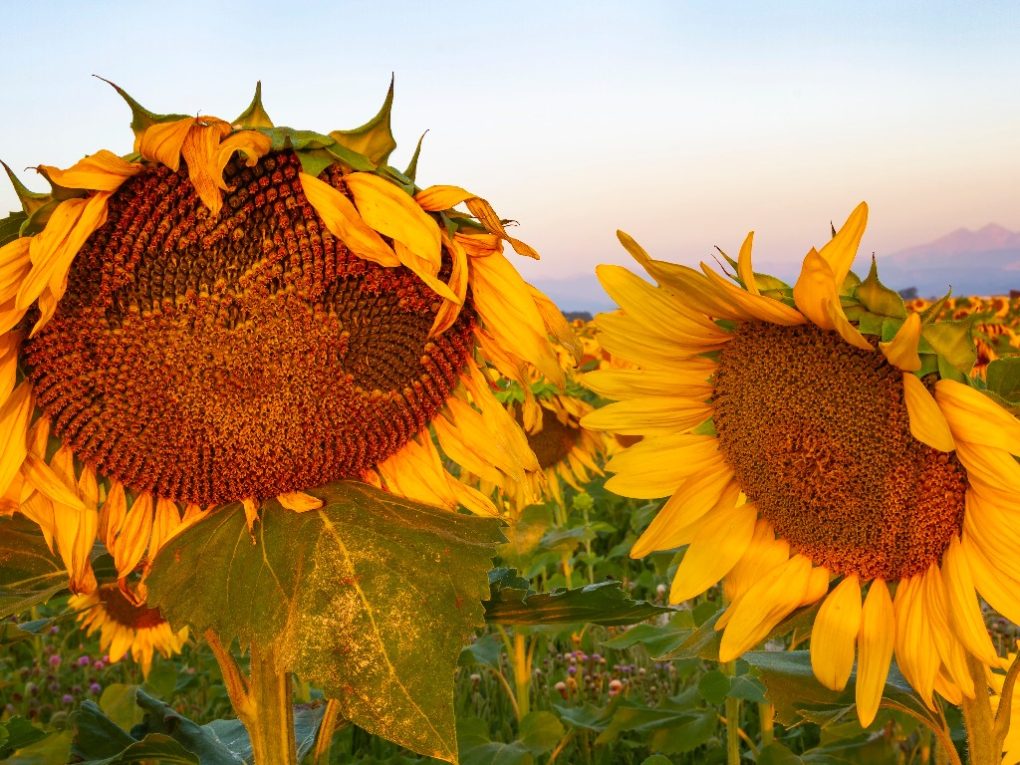Do Sunflowers Multiply? Exploring the Reproduction of Sunflowers
Sunflowers can multiply through a process called self-seeding. Sunflowers produce numerous seeds within their large, distinctive heads. As the flower head matures and dries, these seeds are released and can fall to the ground.

If the conditions are suitable, these seeds will germinate and grow into new sunflower plants, effectively multiplying the sunflower population in the area. However, if you want to increase the number of sunflowers more purposefully, you can also collect the seeds and propagate them in your garden or another desired location.
Table of Contents
Discussion on Sunflower Reproduction
Sunflowers, known for their vibrant yellow petals and towering height, are fascinating plants with a unique reproduction method. In this section, we will delve into how sunflowers multiply and propagate.
Pollination
Pollination plays a crucial role in the reproduction of sunflowers. These radiant flowers rely on insects, primarily bees, to transfer pollen from the male to the female parts of the flower. As bees collect nectar, they inadvertently pick up pollen on their bodies from the male flowers, known as the anthers. When the bees move to another sunflower, they transfer the pollen to the stigma, the receptive female part of the flower. This transfer of pollen initiates the fertilization process, which leads to seed production.
Fertilization and Seed Development
Once the pollen reaches the stigma, it travels down the style and reaches the ovary, where the eggs are. Fertilization occurs when the pollen meets the eggs, resulting in the formation of embryos within the seeds. The fertilized ovules develop into seeds containing all the genetic information necessary to grow a new sunflower plant.
Seed Dispersal
Sunflower seeds have a unique method of dispersal that aids in their propagation. As the sunflower blooms and matures, the petals wither and fall off, revealing the seeds at the center of the flower head. These seeds are enclosed within a protective shell called the seed coat. The sunflower head, composed of hundreds or even thousands of individual florets, eventually dries out and becomes a receptacle for the mature seeds.

As the wind blows, it catches hold of the lightweight sunflower seeds and carries them away from the parent plant. The scattered seeds can land in various locations, ranging from nearby areas to far distances, depending on the strength of the wind. This dispersal mechanism enables the sunflower seeds to find suitable habitats for germination and growth.
Germination and Growth
When the conditions are favorable, such as when the soil temperature is warm and there is adequate moisture, the sunflower seeds germinate. The seed coat splits open, and a small root emerges, anchoring the seedling into the ground. The cotyledons, or seed leaves, unfurl and nourish the young plant until it can produce energy through photosynthesis.
The sunflower seedling grows, sending up a stem and developing true leaves. As it matures, the sunflower plant produces its iconic large leaves and forms buds. Eventually, these buds transform into the familiar bright yellow petals that characterize sunflowers.
Factors Affecting Sunflower Multiplication
Sunflowers are known for their vibrant beauty and impressive size. If you’re interested in cultivating sunflowers in your garden, understanding the factors that affect their multiplication is essential. Considering these factors and implementing proper care, you can encourage sunflowers to multiply and create a stunning display of golden blooms.
1. Sunlight Requirements
Sunflowers are sun-loving plants that require ample sunlight to thrive. They need at least 6 to 8 hours of direct sunlight each day. Insufficient sunlight can hinder their growth and reproduction. When selecting a planting location, choose an area that receives full sun exposure throughout the day.
2. Soil Conditions
The quality and fertility of the soil play a crucial role in sunflower multiplication. Sunflowers prefer well-drained soil that is rich in organic matter. Before planting, prepare the soil by loosening it and incorporating compost or aged manure. This improves soil structure, promotes nutrient availability, and enhances water retention. In addition, adequate soil preparation encourages healthy root development and supports the growth of new sunflower plants.
3. Watering
Proper watering is vital for sunflower multiplication. Sunflowers have deep root systems that enable them to tolerate dry conditions. However, consistent and adequate watering is necessary, especially during the initial stages of growth. Ensure that the soil is evenly moist but not soggy. Overwatering can lead to root rot and other fungal diseases, so striking a balance is important.

4. Nutrient Supply
Sunflowers require a sufficient supply of nutrients for multiplication. Before planting, it’s advisable to conduct a soil test to determine any nutrient deficiencies. Generally, sunflowers benefit from a balanced fertilizer that provides essential macronutrients like nitrogen, phosphorus, and potassium. Applying fertilizer according to the recommended rates helps promote healthy growth and enhances the chances of sunflower multiplication.
5. Pests and Diseases
Pests and diseases can pose a threat to sunflower multiplication. Common pests that affect sunflowers include aphids, caterpillars, and snails. Regular monitoring and prompt action are crucial to prevent pest infestations. Some diseases, such as downy and powdery mildew, can negatively impact sunflowers. Proper sanitation, timely treatment with organic or chemical controls, and selecting disease-resistant sunflower varieties can help mitigate these risks.
6. Proper Spacing
Sunflowers require adequate spacing for optimal growth and multiplication. Overcrowding can result in resource competition, reduced air circulation, and increased disease susceptibility. Follow the recommended spacing guidelines for the specific sunflower variety you’re planting. This allows each plant to receive adequate sunlight, nutrients, and water, facilitating multiplication.
By considering these factors and providing the necessary care, you can create an environment that encourages sunflower multiplication. Enjoy watching these majestic flowers thrive and multiply, adding beauty and charm to your garden.
